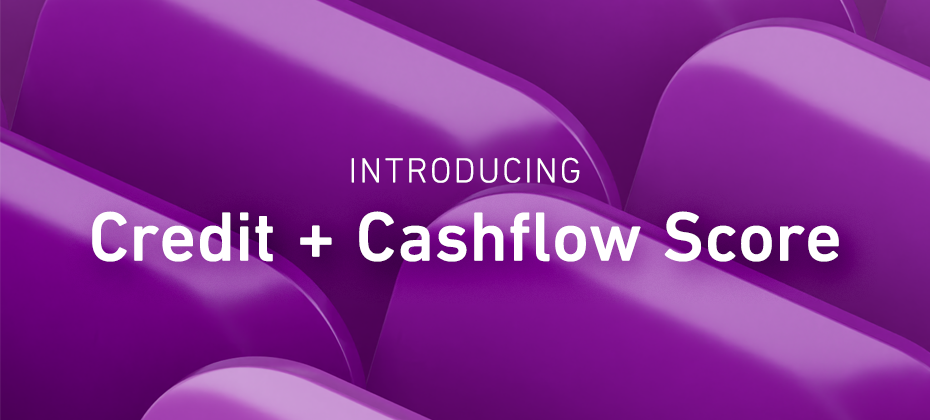Previously, we looked at the various ways a dual score strategy could help you focus in on an appropriate lending population. Find your mail-to population with a prospecting score on top of a risk score; locate the riskiest of all consumers by layering a bankruptcy score with your risk model. But other than multiple scores, what other tools can be used to improve credit scoring effectiveness?
Credit attributes add additional layers of insight from a risk perspective. Not everyone who scores an 850 represent the same level of risk once you start interrogating their broader profile. How much total debt are they carrying? What is the nature of it – is it mortgage or mostly revolving? A credit score may not fully articulate a consumer as high risk, but if their debt obligations are high, they may represent a very different type of risk than from another consumer with the same 850 score. Think of attribute overlays in terms of tuning the final score valuation of an individual consumer by making the credit profile more transparent, allowing a lender to see more than just the risk odds associated with the initial score.
Attributes can also help you refine offers. A consumer may be right for you in terms of risk, but are you right for them? If they have 4 credit cards with $20K limits each, they’re likely going to toss your $5K card offer in the trash. Attributes can tell us these things, and more.
For example, while a risk score can tell us what the risk of a consumer is within a set window, certain credit attributes can tell us something about the stability of that consumer to remain within that risk band. Recent trends in score migration – the change in a level of creditworthiness of a consumer subsequent to generation of a current credit score – can undermine the most conservative of risk management policies. At the height of the recession, VantageScore® Solutions LLC studied the migration of scores across all risk bands and was able to identify certain financial management behaviors found within their credit files. These behaviors (signaling, credit footprint, and utility) assess the consumer’s likelihood of improving, significantly deteriorating, or maintaining a stable score over the next 12 months. Knowing which subgroup of your low-risk population is deteriorating, or which high risk groups are improving, can help you make better decision today.


